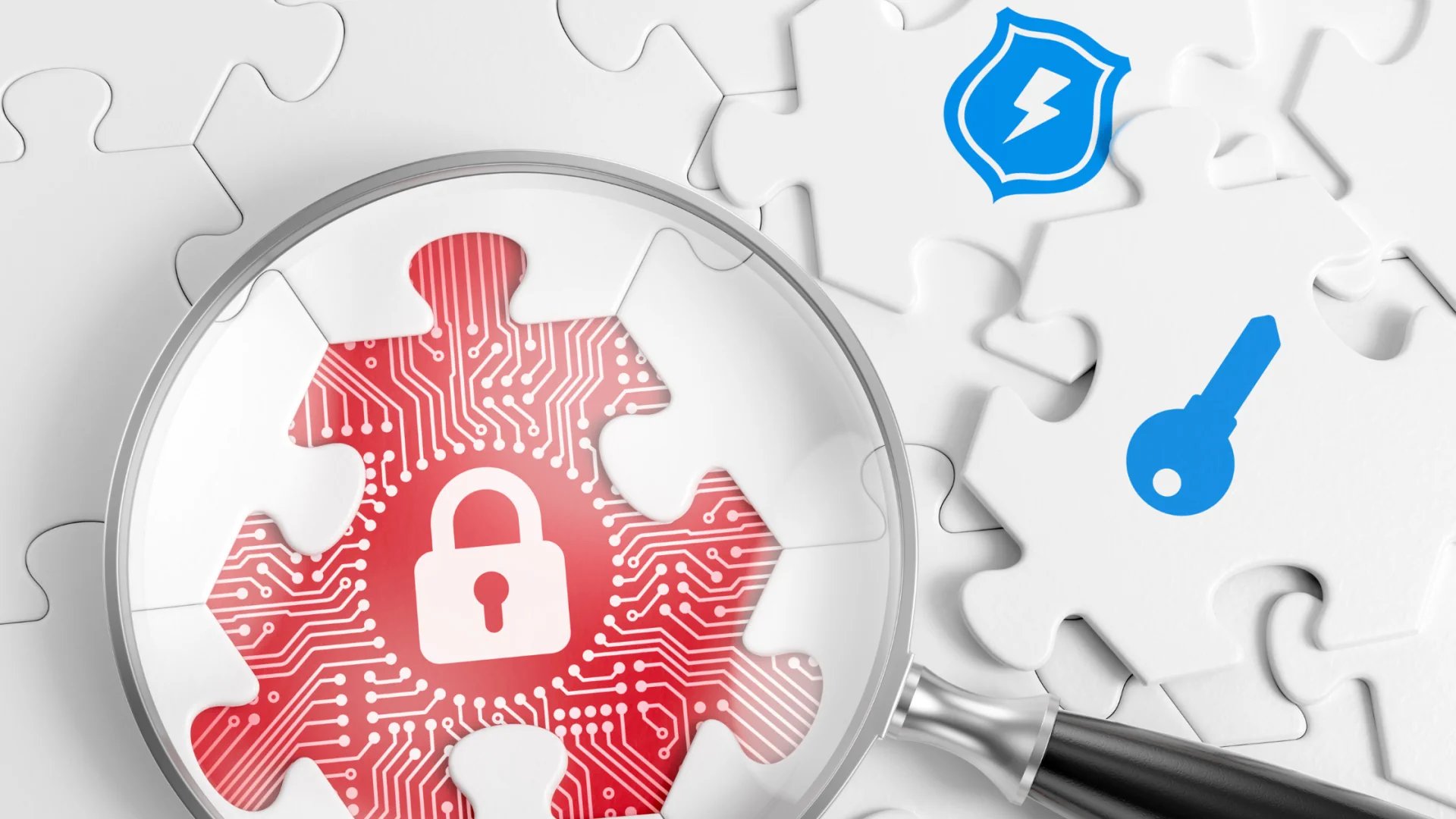Managed Help Desk Services: A Smarter Way to Do IT
When your staff calls the internal help desk for technical support, what response do they get? Do...

For companies operating with an extensive array of computer networks and chunks of sensitive data on the cloud and cold storage, an occasional vulnerability scan is a typical requirement for a more secure operation.
Vulnerability scans aim to detect security flaws in a company's software and, more importantly, its security network. In an organization, a vulnerability scan conducts a detailed inspection of all computers, communications equipment, and networks, spotting weaknesses and deficiencies in IT security. A vulnerability scan also assesses active countermeasures and predicts how effectively they would combat possible threats.
Usually, a business IT unit, a trusted outsourced IT management service, or a security service provider recommended by relevant authorities performs a vulnerability scan on the computers and network systems of the organization.
The organization's IT team or a trusted outsourced IT management service design and employ Vulnerability Management Programs to proactively detect, group, remediate, and mitigate security flaws in applications or IT infrastructure. This protects the organization from breaches, and exposure of sensitive data and lowers the overall risk to an organization.
Hackers, cybercriminals, and attackers also perform vulnerability scans on an organization's computers and networks, looking for loopholes and possible entry points.
There are two types of vulnerability scans. And they are categorized based on their mode of scanning.
During an authenticated scan, the tester logs in as a network user to reveal any vulnerabilities that an unauthorized user or someone impersonating a trusted user can exploit.
With no trusted access to the network, the tester does the scan just like a hacker would. This is the unauthenticated approach. Such a scan identifies weaknesses that hackers can exploit without logging into the network.
There are several ways your business could benefit from a vulnerability scan. Most of its benefits could exponentially set your business ahead of competitors and solidify public trust in your business and its IT infrastructure.
A vulnerability scan helps your business to:
Although they may sound ruthless and effective, hackers use automated systems that do not create but look for these vulnerabilities and security flaws. This means that known vulnerabilities are only exploited by these attackers, causing extensive damage to the organization's systems.
Naturally, hackers use the same software anyone looking for flaws in a computer's network would use. This means that conducting vulnerability scans and detecting vulnerabilities sets you ahead of hackers looking to exploit these already-existing security flaws, allowing you to fix these flaws.
As mentioned earlier, vulnerability scans assess active countermeasures and predict how effectively they would combat possible threats. This assessment gives you a sound idea of the level of risk on your systems and how effective your security measures are.
The effects of data breaches are usually devastating and expensive. You may end up spending a lot of money on remediation, paying fines, and losing clients as a result of reputational harm. Conducting regular vulnerability scans allows you to nip security threats in the bud. It also makes you eligible to receive your insurance payout as this proves you were addressing your cyber security responsibilities.
There's hardly an explicit requirement for vulnerability scans by the General Data Protection Regulation (GDPR). However, Organizations that process personal data are required by the Regulation to put in place the proper organizational and technical security measures, which includes identifying vulnerabilities.
The worldwide information security standard ISO 27001 also mandates similar actions, and vulnerability scanning is one of the requirements of the PCI DSS (Payment Card Industry Data Security Standard).
With vulnerability scans, there are also the downsides of false positives—a scan flagging a software as suspicious when it isn't— causing errors and reboots that reduce productivity and missing vulnerabilities because of an outdated or inferior tool.
However, it is still prudent to follow through with the recommendations from your organization's Vulnerability Management Programs and conduct regular vulnerability scans on your organization's computer networks and communication systems, as the benefits far outweigh the downsides.
When your staff calls the internal help desk for technical support, what response do they get? Do...
Modern-day businesses have expedited operations thanks to tech innovations. This helps companies...
An IT disaster can be one of the most painful and costly incidents that can happen to a business....